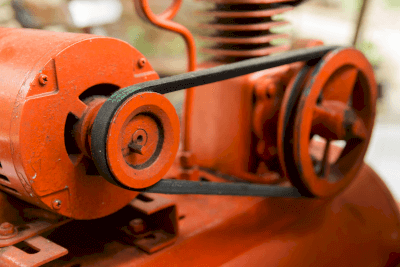What Is a Pipette?
A pipette is a laboratory apparatus used to suck out a desired amount of liquid and transfer it to a container or other medium.
A pipette is used in a wide range of fields, from natural sciences such as chemistry and biology to applied sciences such as medicine and pharmacy. There are several types of pipettes, and they are used for different purposes. The two main materials used are glass and plastic.
Glass pipettes have excellent chemical and heat resistance and can be reused by washing or dry heat sterilization. Plastic pipette is less resistant to chemicals and heat than glass pipette. However, they are inexpensive and disposable, saving time and effort in cleaning and preventing contamination.
A similar product to a pipette is a dropper. While droppers are made of plastic and a fixed amount is sucked in, a pipette is made of plastic or glass and comes in various types, depending on the product. Some pipettes have attachments that allow the user to adjust the amount to be aspirated depending on the attachment and settings.
Uses of Pipettes
Pipettes are mainly used for the following two purposes:
- Measuring liquids (liquid dispensing)
- To transfer a liquid to another container (liquid transfer)
The pipettes used differ depending on the purpose. Therefore, it is necessary to select pipettes in consideration of the intended use.
Principle of Pipettes
A micropipette consists of a tip holder, a grip, a push button, and a volume-setting dial.
The amount of liquid to be aspirated is adjusted by operating the liquid volume setting dial, and the push button moves the internal piston to change the amount of air, thereby aspirating and dispensing the liquid (air displacement method). There is a circular rubber O-ring inside that allows the internal piston to move while maintaining an airtight seal.
There is also a spring inside, and the push button is automatically returned by the force of the spring to enable aspirating and dispensing of liquid.
Types of Pipettes
There are various types of pipettes, and it is important to select the appropriate one. The usage also differs depending on the type.
1. Pipettes for Liquid Sampling
Hole Pipettes
Hole pipettes are instruments used to accurately measure liquids. The center of the glass tube is distended, and a graduation line is drawn on the top. The pipettes are finely made and can measure liquids with a very high degree of accuracy.
The tip of the pipettes is dipped into the liquid, and the liquid is put into the glass capillary as if sucking it through a straw. However, nowadays, to prevent accidental ingestion of dangerous reagents when sucking, rubber safety pipettes or auto pipettes are often attached to the top to aspirate and dispense the liquid.
Female Pipettes
Female pipettes are another instrument for accurately measuring liquids. They are made of glass or plastic and are graduated throughout the pipettes. Like hole pipettes, it has rubber safety pipettes or auto pipettes attached to the top to aspirate and dispense liquid.
Micropipette
Micropipettes are instruments for measuring liquids in microliters. To use micropipettes, first turn the dial to set the amount of liquid to be aspirated. Next, grasp the grip with your dominant hand and place your thumb on the push button at the top.
Attach a tip of the appropriate size to the end of the tip holder and fit it securely. Then press the push button to aspirate and dispense the liquid. Finally, press the ejector button near the push button to remove the tip.
2. Pipettes for Transferring Liquid
Komagome Pipettes
Komagome pipettes are used when you want to transfer a liquid to another container. It is similar in shape to an eyedropper but is often made of chemical-resistant glass or other materials designed for use with chemicals. A rubber ball is attached to the top to aspirate and dispense liquid.
Pasteur Pipettes
Pasteur pipettes are glass pipettes with long, thin tips for aspirating liquid. Since Pasteur pipettes do not have a scale, they are often used to transfer small amounts of liquid and are basically disposable. As with Komagome pipettes, a rubber ball is attached to the top, to aspirate and dispense liquid.


